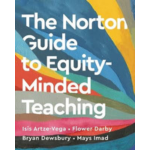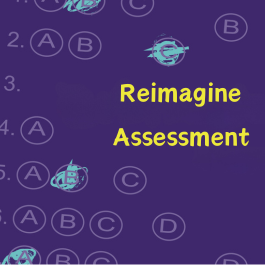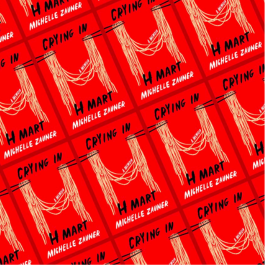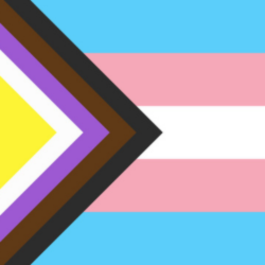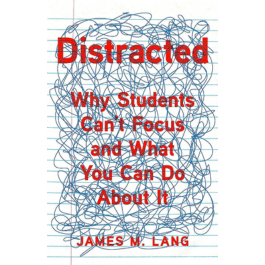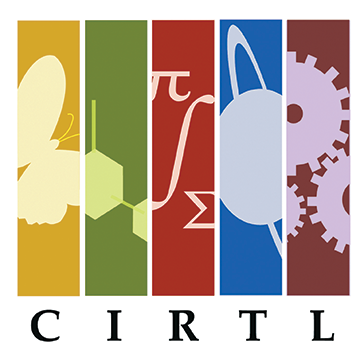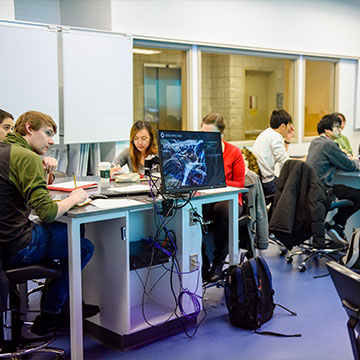| VIEW IN BROWSER | |
Welcome to 2024!Dear Colleagues, Happy New Year! While it is tempting to say, I hope your break was rejuvenating, there were only 22 likely whirlwind days between submission of fall grades and the start of winter quarter. So instead, I hope that the abruptness of reentry is eased by some excitement about the subjects and the students you will be teaching. Hopefully, too, you are feeling optimistic about your ability to stay on top of the grading. Why is it that grading sometimes feels like such an arduous chore or worse like digging out from under an avalanche? Our thought-provoking conversations in the Reimagining Assessment Practicum have prompted deeper reflection on how embracing alternative approaches to assessment could be transformative for both students and instructors. In this issue, we explore some refreshing reframes of assessment —
Assessment can be time and labor intensive. In our Educator Spotlight, Professor KB Dennis Meade reminds us of the importance of safeguarding space and connecting with community to dream of new possibilities. Echoing that sentiment, author of Mind Over Monsters: Supporting Youth Mental Health with Compassionate Challenge, Sarah Rose Cavanagh (2023), urges educators to prioritize their own rest and joy because our students “Need Us to Be Well.” As Cavanagh explains “The recipe for mental health is not terribly surprising or terribly complex….[I]t involves safety, belongingness, physical vitality, tolerance of uncertainty and discomfort, a sense of purpose, and play” (p. 36). Yet, motivating learners with high levels of trust, support, engagement, expectation, and intellectual rigor requires a great deal of effort and often unfairly distributed emotional labor for instructors. Cavanagh’s recommendations for sustainability include finding ways to replenish our own reserves and being relentlessly driven by a compelling purpose. If, for example, inspiring a love of learning is important to you, where does that show up the assignments you have created? If your goal is to build student learning environments that support student mental health, do your grading policies and the pacing of deadlines reflect your pedagogical values? What is your process for addressing student requests for greater flexibility (check out Katherine M. Castle’s Decision Tree)? What would you like your students to appreciate or your colleagues to commend? (for further exploration watch Lindsay Masland’s keynote). When looking ahead if there is not student work that you look forward to reading this quarter, there is still time to make adjustments. Our purpose at the Searle Center is to be your thought partners in this iterative process of (re)designing courses to ensure meaningful learning and your own continued vitality. Warm Regards, Jennifer Keys, Senior Director | |||||||||||||||||||||||||
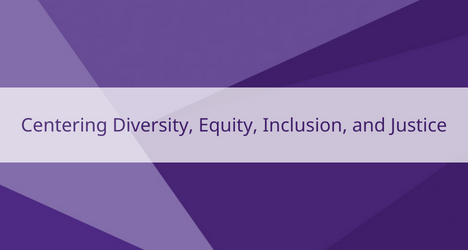 | |||||||||||||||||||||||||
Realizing DEIJ Through Assessment of Student LearningBy Lina Eskew, Assistant Director of Equitable Assessment The systematic approach to assessment is a powerful tool in all instructors’ DEIJ toolkits. It enables us to transcend the traditional view of students as mere classroom participants and, instead, recognize them as whole individuals on their transformative journey to becoming Northwestern graduates. By uncovering educational gaps, addressing systemic barriers, and paving the way for a learning environment where diversity is embraced, equity is realized, inclusion is the standard, and justice underpins every educational endeavor, we are evoking transformational change through assessment of student learning. So, how can you as an educator translate these DEIJ values into practices in your classrooms or programs?
A Collaborative EffortThe responsibility of educators motivated by DEIJ values extends beyond the realm of course-based assessment to the program level. The assessment field is calling on programs, not just individual instructors, to employ evidence-based teaching and learning approaches. These approaches should not only facilitate success in the classroom but also empower students to connect their learning to the broader educational objectives within their programs. Assessment is an ongoing process of enhancement, a collective journey that crucially depends on the active engagement of students. Students are not just participants; they are pivotal contributors to this feedback process. Their feedback is essential in shaping an approach to the assessment of student learning that is relevant and transparent, thereby reinforcing our commitment to Diversity, Equity, Inclusion, and Justice (DEIJ) values. | |||||||||||||||||||||||||
Voices from StudentsIn the Reimagining Assessment Practicum session “Student Panel on Socio-Emotional Wellness” facilitated by Professor Meaghan Fritz, students reflected on their experiences with courses using ungrading—an alternative assessment model where students grade themselves. We share some of their reactions to being “liberated” from the stress of grades as a point of affirmation for those who have been experimenting with alternative grading and inspiration for those who have been curious about trying it out. Susan Blum has a great ungrading starter guide for those ready to take the first step. | |||||||||||||||||||||||||
![I get to be more experimental with the work I do in [ungrading] classes, and end up most of the time coming away with a product that I am prouder of than in classes where you're playing a points game. When I first heard about ungrading, I thought this is never going to work. I wasn't only thinking about the way I was performing, but also writing about it. I was self-motivated not because I wanted to get a good grade, but because I wanted to prove to myself I could be interested in something.](https://www.northwestern.edu/searle/images/newsletter-header-wq-student-quotes-1.png) | |||||||||||||||||||||||||
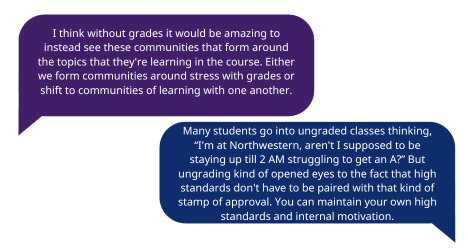 | |||||||||||||||||||||||||
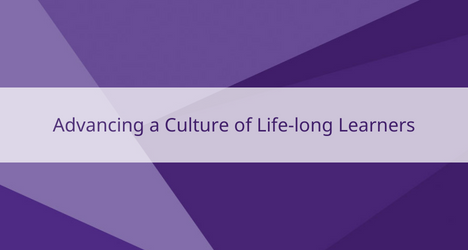 | |||||||||||||||||||||||||
What We Are ReadingBy Lauri Dietz, Director of Pedagogy and Curricular Development At the Fall Teaching Salon for Searle Fellows and their faculty mentors, we discussed The Norton Guide to Equity-Minded Teaching (2023) written by Isis Artze-Vega, Flower Darby, Bryan Dewsbury, and Mays Imad. For the authors, equity-minded teaching is a set of “practices that strive to realize equal outcomes among all students.” For each of the 10+ principles they cover, from belonging to transparency to reflection, they look at what the research says, suggest ways to put the research into action, and provide practical recommendations for how to get started. As previously noted in “Realizing DEIJ Through Assessment of Student Learning,” taking an evidence-based approach to learning and teaching is how we put DEIJ values into practice. To give you a taste of the rich, engaging ideas found in this free online book (though we do have a hard copy in the Searle Library!), I want to highlight one principle that has had particular resonance. RigorSome instructors can understandably feel that in the current emphasis placed on more equitable approaches to teaching, the implicit message seems to be that their courses are needlessly difficult and that they should lower their standards, which would further disenfranchise minoritized students. The authors squarely counter that perception by demonstrating through the research that rigor “is essential to equity-minded teaching.” Instead of lowering standards, which can indeed be harmful to minoritized students (see Claude Steele’s research on stereotype threat), equity-minded instructors pair high standards with appropriate support. The book draws on one of my personal favorite education psychologists, Lev Vygotsky, and his theory of the Zone of Proximal Development (ZPD) for how to scaffold student support so that all students have the potential to reach high standards. Vygotsky posits that there are things a learner can do on their own and things that a learner is not yet able to do. The ZPD is the “sweet spot” of what a learner can do with the support of an instructor or capable peer. Thus, in designing a course, the equity-minded instructor identifies the places students tend to get stuck, confused, or challenged and incorporates activities or assignments with built-in support through practices such as collaborative learning, instructor coaching, or encouragement of resource-seeking behaviors. When students have opportunities to be challenged and even struggle within a supportive learning environment—one that creates a sense of belonging, trust, and safety and provides the necessary scaffolding—they will rise to the occasion and leave not just with having achieved the intended learning outcomes but also with an increased sense of self-efficacy about their own potential and readiness to face their next challenge. Consider these questions from the book to to continue your reflection on rigor and to spark conversations with your colleagues: | |||||||||||||||||||||||||
| |||||||||||||||||||||||||
Educator SpotlightEach quarter, we feature Northwestern educators doing innovative work in the classroom. These short interviews showcase the educators' educational journeys, signature styles, and how their teaching has been shaped by their work with the Searle Center. | |||||||||||||||||||||||||
| |||||||||||||||||||||||||
What sparked your interest in teaching and learning?After college, I returned to work for the college prep program I attended in high school--an Upward Bound/TRIO program. My goodness, that's where I also learned so much about the college application process! I had my first opportunity to create my own course on writing the college essay. I decided this wasn’t going to be a nuts-and-bolts class. Instead, I wanted high school juniors to learn the importance of constructing a personal narrative from a place of empowerment in the tradition of Black feminist writers I read during college. I turned it into a class that helped students think critically about the college application essay as opposed to readily adopting the existing model already laid out for them. This was my first experience as a professional wherein things really started to coalesce around learning experientially and learning through process. What are your main goals as an educator related to student learning?I want my classrooms to be a space where students experience that learning is not a zero-sum game. A low grade on an assignment does not mean failure. And that grades are what they earn. I know the function of grades within our educational system. But over the years I’ve begun to ask myself if grades are inherently good? What is their virtue? For me, learning is about cultivating curiosity, patience, and risk-taking. Those are virtues. I think that results in a process-oriented approach to learning that is also experimental. Why did you decide to co-create rubrics with students? How is it going?I am committed to a certain kind of truth telling around learning. I draw on all my Black feminist ancestors about this kind of truth telling and pulling the veil back from the systems that we've become so indoctrinated in that force us into these small containers about who we are. How do you manage the balance between academic responsibilities and personal self-care?I give myself the time and space to luxuriate in my own experimentations. I need that time. That's what my survival is built on. I need a space to imagine, create, and dream. Self-care, for me, is practicing good spiritual hygiene. It’s about being in community, re-energizing with people I love, reflecting on what’s next. This interview has been edited for clarity and brevity. Read the full interview in the Educator Spotlight section of our website. | |||||||||||||||||||||||||
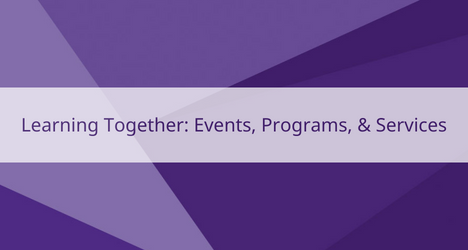 | |||||||||||||||||||||||||
| |||||||||||||||||||||||||
| |||||||||||||||||||||||||
| |||||||||||||||||||||||||
| |||||||||||||||||||||||||
 | |||||||||||||||||||||||||
Making Large Classes Feel Small(er)Whether you are teaching a small seminar or have hundreds of students, formative assessments can be deployed for a variety of purposes, such as giving students low-stakes opportunities to demonstrate their learning and giving you insight into the class environment. These kinds of “temperature checks” can better position you to be more responsive and well-timed in your teaching. Intentional acts of checking in with your students can signal care. Formative assessments can also help build community by giving students a chance to connect with one another and co-create meaning. Sample Strategies for High Enrollment Courses
|
|
Copyright © 2024 Searle Center for Advancing Learning and Teaching |

